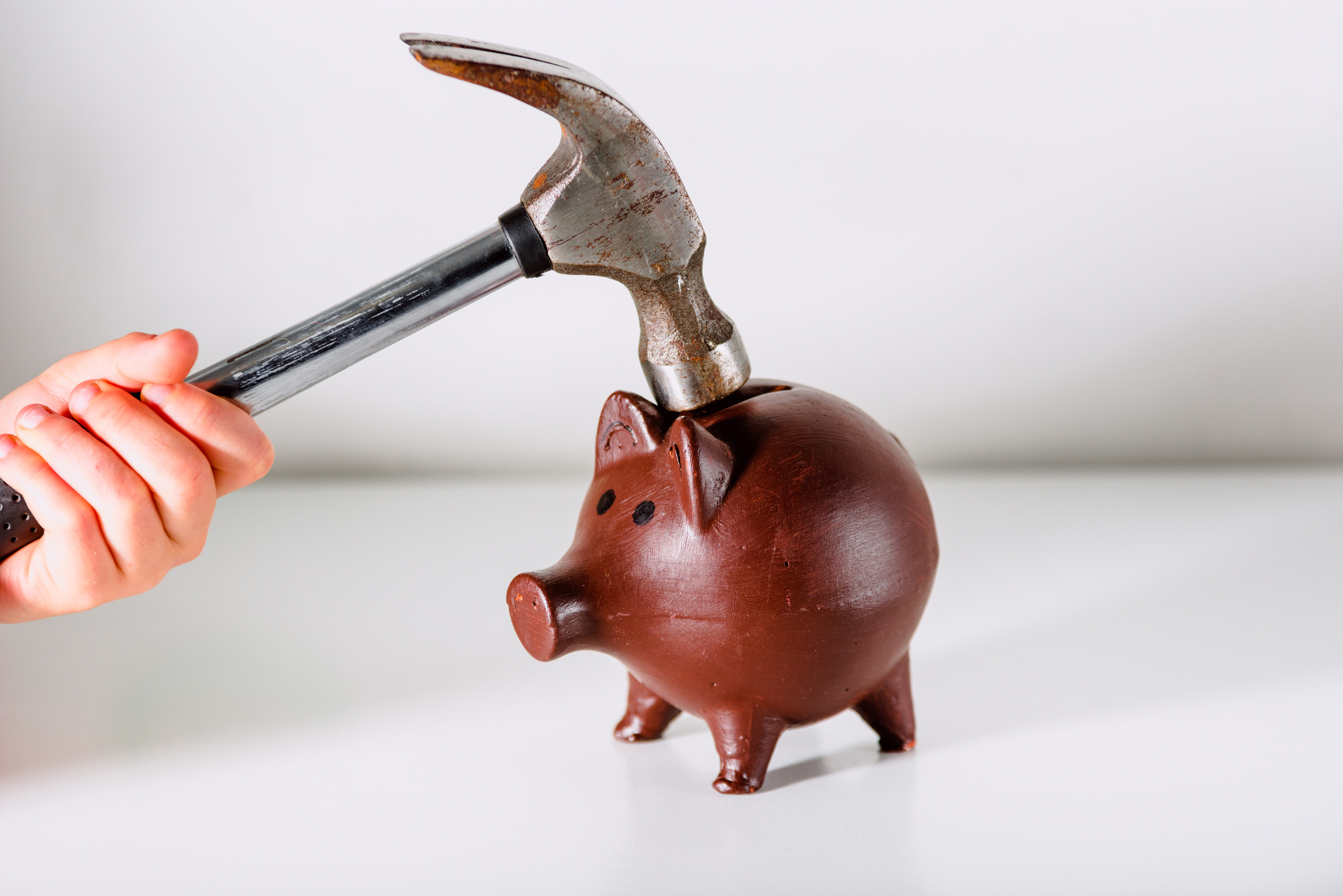Tweak your way to riches by rebalancing your portfolio
Matthew Partridge explains why rebalancing your portfolio every now and again can be a great way to ensure long-term gains.

Timing the market is a mug's game. The evidence shows clearly that jumping in and out of stocks, hoping to catch the highs and the lows, is bad for your wealth. For example, in 2011 the University of California's Brad Barber and Terrance Odean looked at the track records of Taiwanese day traders. They found that between 1992 and 2006 only 1% were consistently profitable. In another study they found that even successful day traders paid so much in brokers' fees that it outweighed any outperformance they achieved.
So should you move to the other extreme and "buy and hold" forever? It's certainly more sensible than day trading. But "buy and forget" can leave you heavily exposed to certain assets during boom times and have you biting your nails during a crash. This is where "rebalancing" comes in.
This is the idea that you can reduce risk, without hurting your returns, by deciding what proportion of your portfolio you want to hold in which assets, then sticking to this allocation over time by regularly selling the best-performing assets and topping up the worst performers. This should prevent you from being overly exposed to any one asset, and also forces you to sell out of assets that have grown expensive, and reinvest in those that are cheap.
MoneyWeek
Subscribe to MoneyWeek today and get your first six magazine issues absolutely FREE

Sign up to Money Morning
Don't miss the latest investment and personal finances news, market analysis, plus money-saving tips with our free twice-daily newsletter
Don't miss the latest investment and personal finances news, market analysis, plus money-saving tips with our free twice-daily newsletter
Both common sense and the data suggest that rebalancing works. Morgan Stanley notes that between 1977 and 2014 a portfolio split equally between US bonds and shares would have performed better if rebalanced annually than if a simple "buy and hold" approach was taken. The rebalanced portfolio turned $1,000 into $2,017; the "buy and hold" portfolio, $1,786.
A similar study by Forbes found that for a 60/40 split between stocks and bonds, rebalancing would have boosted returns by 9% between 1985 and 2010. Better yet, in each case, rebalancing reduced volatility in other words, the investor would have endured fewer dramatic ups and downs.
Rebalancing does rely on two assumptions. Firstly, that assets mean-revert. In other words, expensive assets eventually become cheap, and vice versa. Secondly, that this will happen in a timescale compatible with your investment horizon. After all, market trends can last for a long time: rebalancing would have significantly reduced returns in the 1990s boom, for example, because it would have resulted in a lower allocation to stocks.
However, the flipside is that rebalancing would have reduced volatility and anyone who has watched their portfolio shed half of its value in a major crash will understand the value of that. As for how often to rebalance, we'd suggest that once or twice a year is sufficient. Anything more than that runs the risk that your trading fees will end up offsetting the benefits.
Get the latest financial news, insights and expert analysis from our award-winning MoneyWeek team, to help you understand what really matters when it comes to your finances.

-
 Will HMRC block money market funds from the stocks and shares ISA allowance?
Will HMRC block money market funds from the stocks and shares ISA allowance?Cautious investors looking for cash-like returns could be prohibited from using money market funds in a stocks and shares ISA under new ISA rules from HMRC. What could it mean for you?
-
 Nationwide: House price growth slows but market remained resilient despite Budget worries
Nationwide: House price growth slows but market remained resilient despite Budget worriesThe average price of a house in the UK was £272,998 in November, as annual house price growth slowed to just 1.8%, Nationwide said.